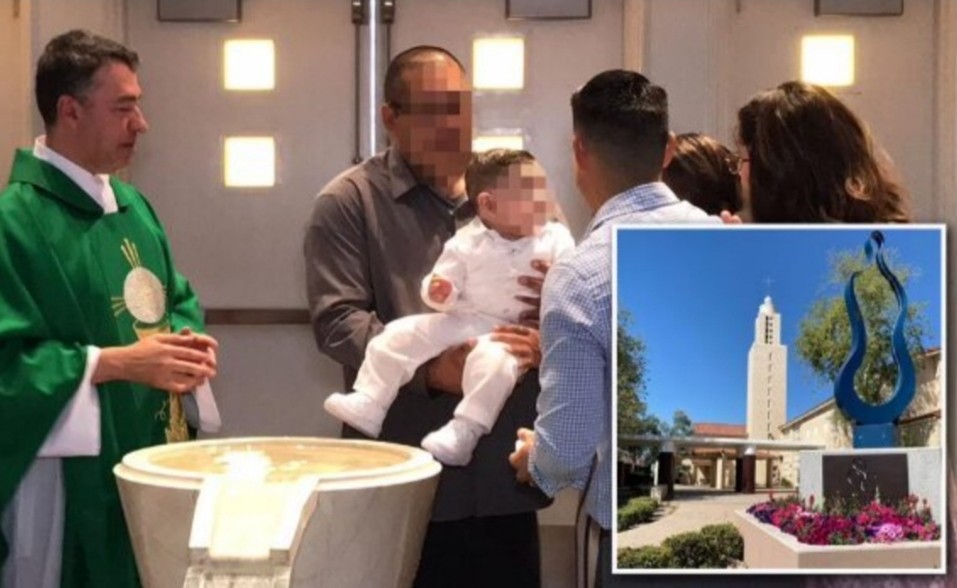
Immersion vs. Pouring
The Bible clearly teaches that baptism is a burial in water, not a pouring of water
 Catholics consider baptism to be the means by which a person receives the Holy Spirit. The sacrament is called "the gateway to life in the Spirit."
Catholics consider baptism to be the means by which a person receives the Holy Spirit. The sacrament is called "the gateway to life in the Spirit."
CCC, 1213

Is infant baptism biblical?
Infant baptism, although practiced in many churches, is not found in Scripture
Baptism is more than water. Just because a person eats a grape jelly and matzah sandwich for lunch does not mean that they are partaking of the Lord’s Supper. Only when they partake of the emblems in faith to remember Jesus’ sacrifice does they partake of the Supper. Likewise, getting wet does not mean that they are undergoing Christian baptism.
Baptism is a person’s faithful response to the preaching of the gospel, not the removal of dirt from the body but the request for a good conscience toward God (1 Pet. 3:21).
It is a representation of the death, burial, and resurrection of Jesus Christ (Romans 6:3-7). By baptism, a person is buried with Him in His death and raised to newness of life (Colossians 2:12). Baptism is a spiritual rebirth (John 3:1-8) that removes the old man from sin and creates a new man in Christ (2 Corinthians 5:17). To be baptized, a person must be aware of his sins and repent of his actions (Acts 2:36-38; Romans 3:23; 6:23). He must hear the word of God (Matthew 28:18-20; Romans 1:16; 10:14-17) and believe His testimony that Jesus is the Christ, the Son of God (John 20:30-31; Mark 16:16), who died on the cross and rose from the dead to provide redemption for mankind (John 3:16; Romans 5:6-10). He must publicly confess this faith (Romans 10:9 and Acts 8:26-40).
A child is not capable of doing these things. A child taken by his parents to be baptized is not a Christian child, but a wet child. True baptism has not taken place. Baptizing a child with the idea of making him a child of God reduces baptism to nothing more than a work. Works alone without faith cannot save. Moreover, it is a work performed on a physical person by a third party without his consent or even knowledge.

ORIGINAL SIN

WHAT ABOUT CIRCUMCISION?

THE CHERRY ON THE CAKE
Father Andres Arango of St. Gregory Catholic Church in Phoenix, Arizona, has resigned. His resignation comes after an investigation revealed that he had been using an incorrect formula for the past 20 years to perform baptisms. According to the Roman Catholic Church, the words to be repeated during the sacrament of baptism are:

